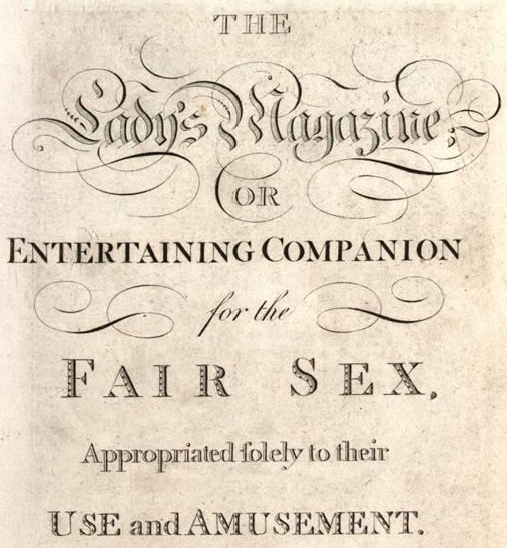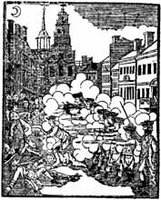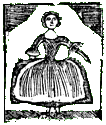Learning More about Hammond Green and Mary Rogers
This will be Katie’s fourth event, and Christian is going on to do a fifth. Jonathan Lane of Revolution 250 has moderated all sessions, and Bob Allison spoke in Charlestown last night.
Katie Turner Getty’s presentation was about the two women who gave detailed, preserved testimony about the Massacre, Jane (Crothers) Whitehouse and Elizabeth Avery.
From Avery’s testimony we know two more women watched the confrontation from an upper floor of the Customs house with her: Ann Green and Mary Rogers.
Ann, also called Nancy, was the sister of Hammond Green, one of the men tried for allegedly shooting a gun out of that room into the crowd below. Hammond was baptized in Christ (Old North) Church in January 1749, Ann in September 1756—and thus was still only thirteen on the night of the Massacre.
Not until I heard Katie’s talk did I learn that Mary Rogers, also called Molly, went on to marry Hammond Green. In fact, they married in Christ Church on 29 Nov 1770, just a couple of weeks before Hammond went on trial for murder. As Katie pointed out, this might have made the jury skeptical about anything Mary might say to clear her husband. The defense attorneys called Elizabeth Avery to testify instead, and Ann Green to corroborate the exoneration of her brother.
The record from 1770 makes clear that Hammond Green’s father worked for the Customs Commissioners, but it isn’t clear to me that the young man himself did. Legal records identified Hammond as a “boat-builder.” As of the evacuation of March 1776, however, Hammond Green was a Customs house “Tidesman.”
Notably, Mary Green didn’t leave with her husband that month. He evacuated as a party of one. In July 1777 the Massachusetts General Court passed a special law:
Upon the Petition of Mary Green, Wife of Hammond Green, late of Boston, praying Leave to go to her Husband now resident at Halifax—I presume Mary (Rogers) Green and her child arrived in Halifax soon afterward.
Resolved that the Prayer of the Petition be granted & that the sd. Mary Green with her Child have Leave to go by such Opportunity & under such restrictions as the honorable Council judge proper—& that she have Leave to take with her, her Bed & other necessaries
Mary Green probably died in the following years because Hammond remarried to Elizabeth Mott in 1785. This second wife was still in her teens, having been born to a retired British artillerist and his wife in Halifax in 1768. Hammond and Elizabeth Green had a few children together before she died in 1802. He continued working as a tidesman until at least 1807, according to a local almanac.
On 26 July 1808, the New-England Palladium reported that Hammond Green had died in Halifax, aged sixty. (He was in fact fifty-nine.)
One other personal detail about Hammond Green: In accusing him of murder, Charles Bourgate referred to him as “a young man one Green, he with one eye,” pointing him out in court. So Green didn’t simply become a Customs inspector; he became a one-eyed Customs inspector.






